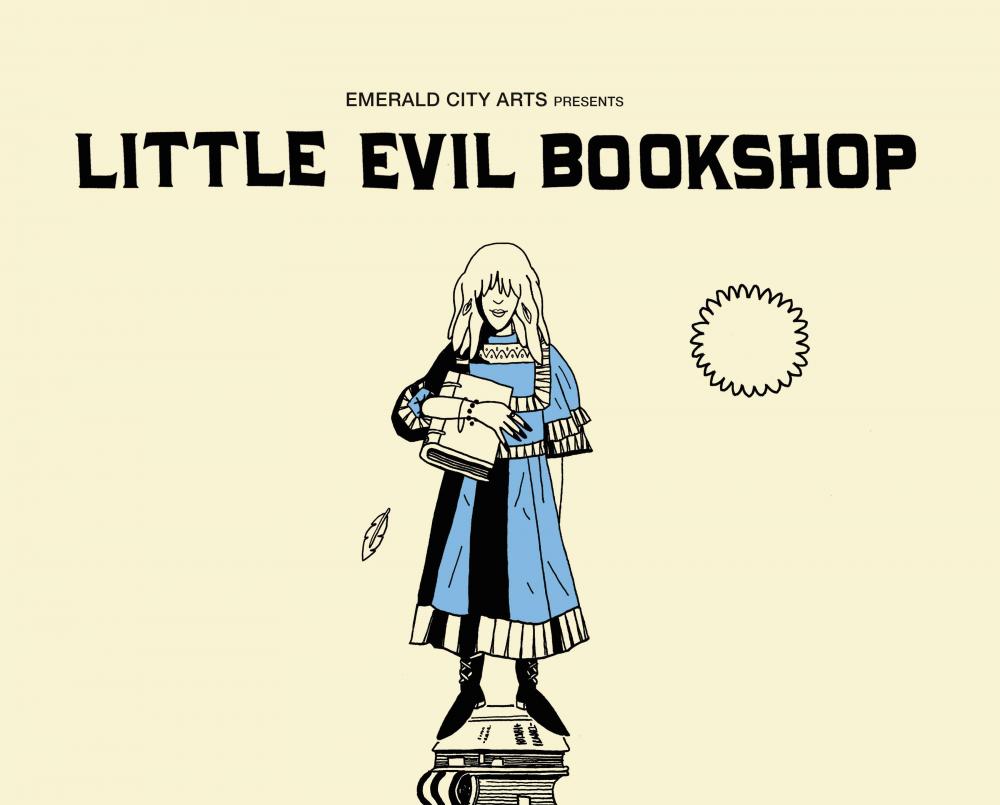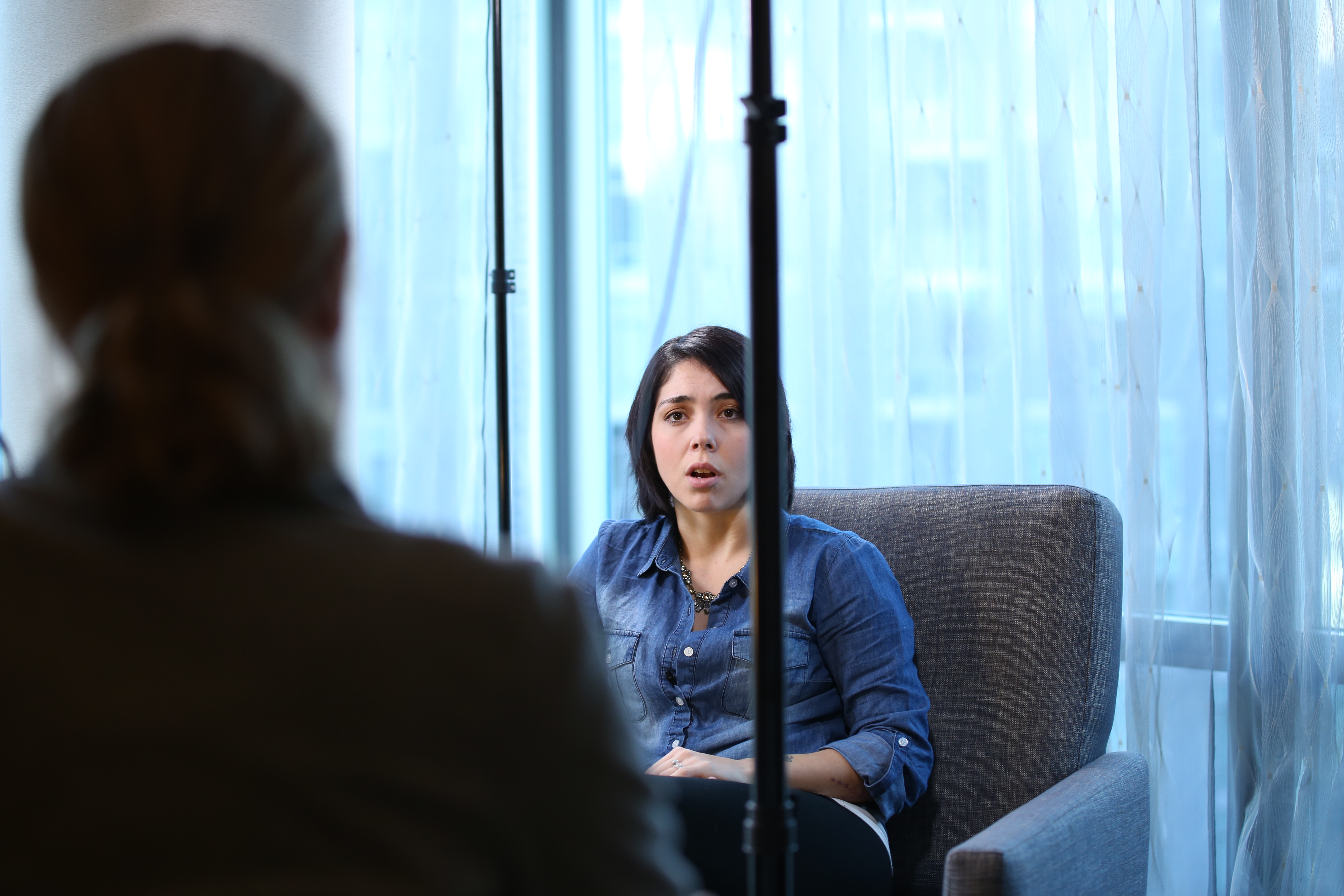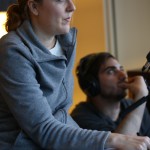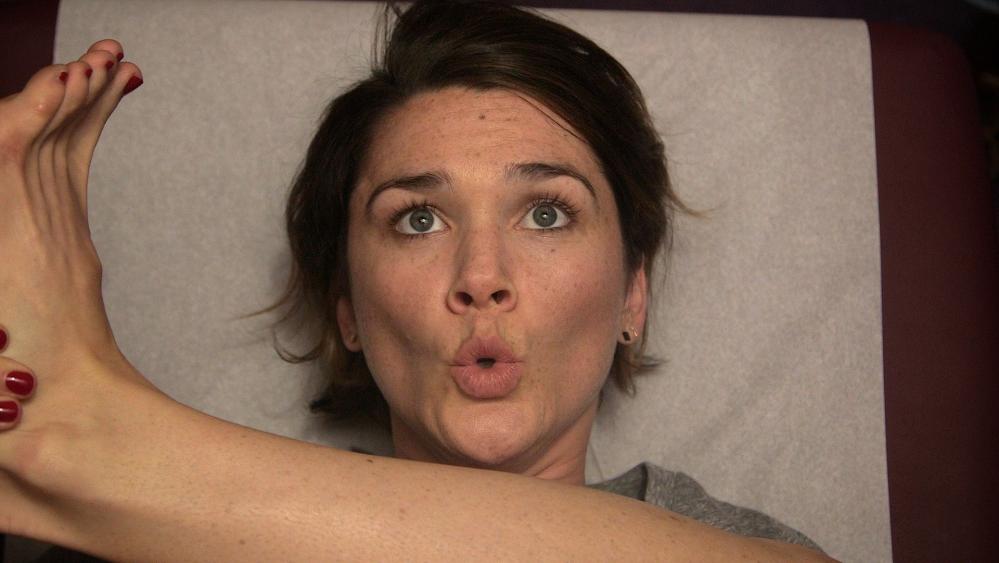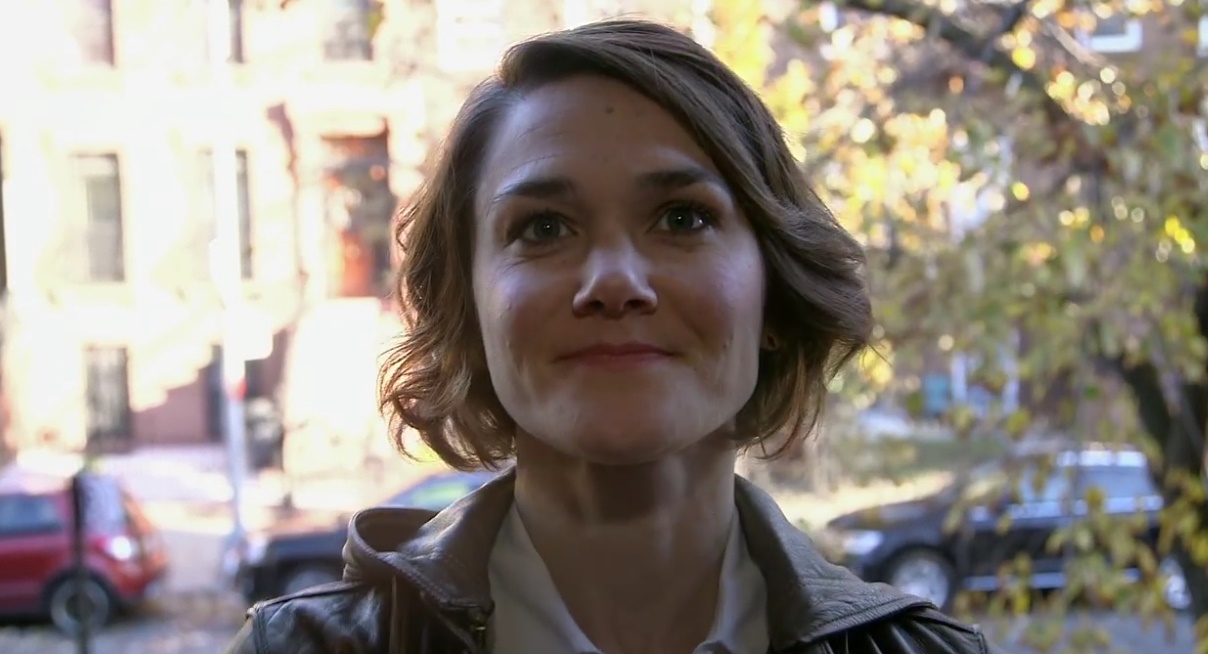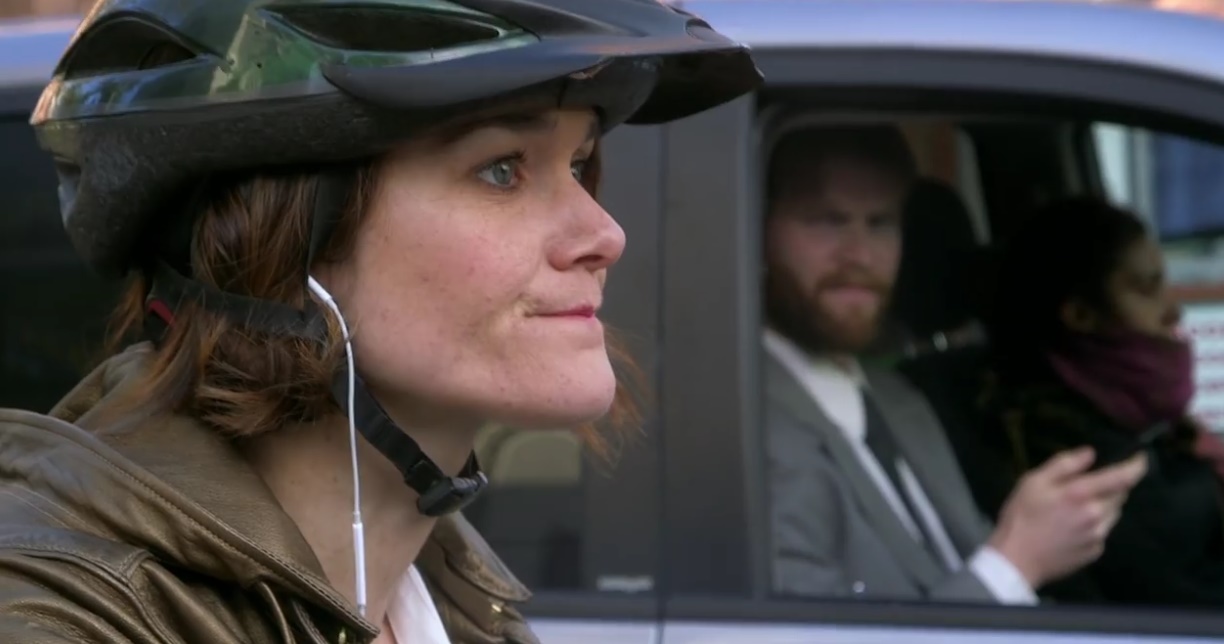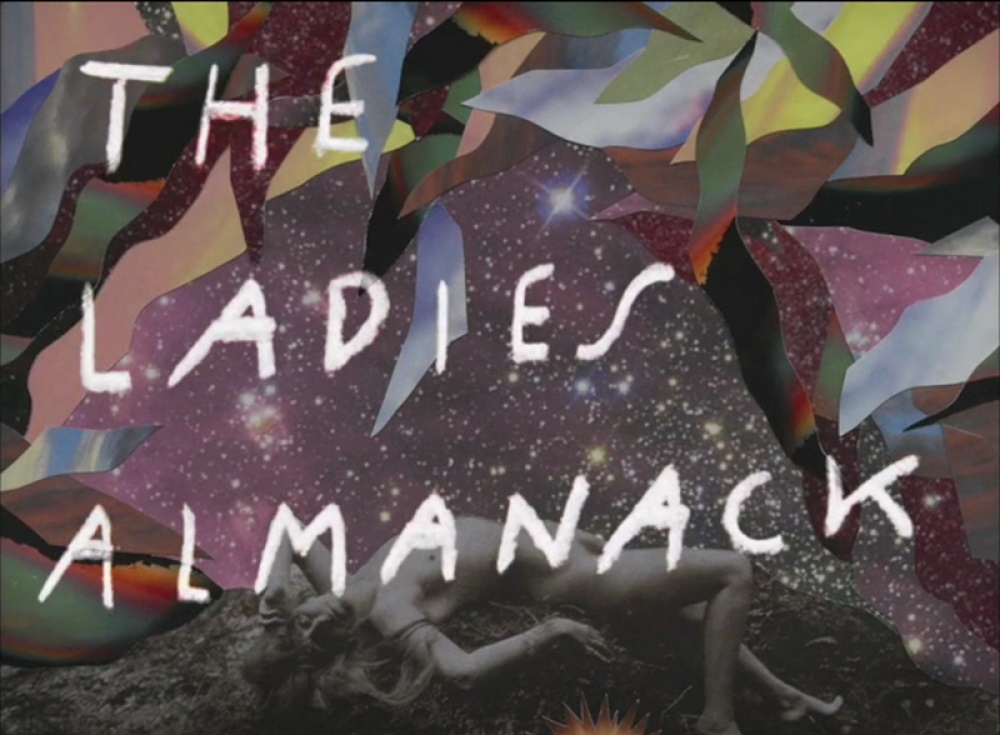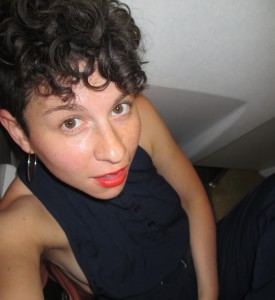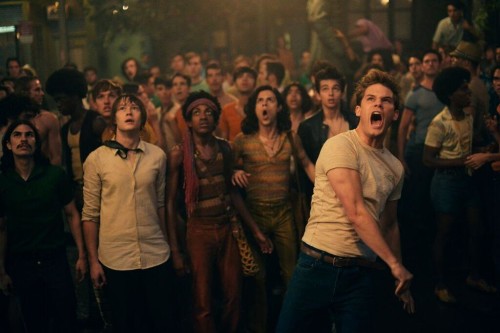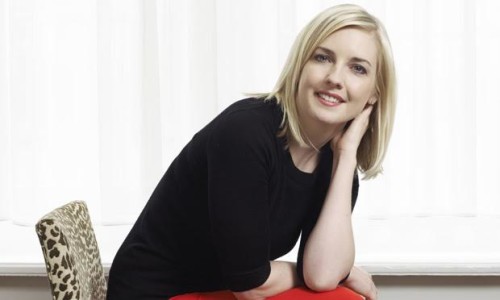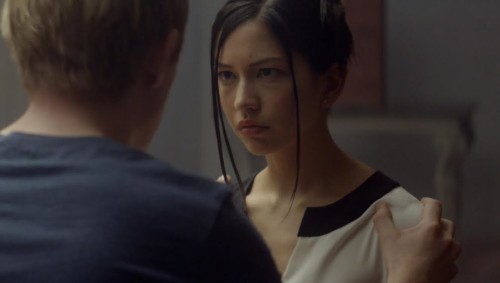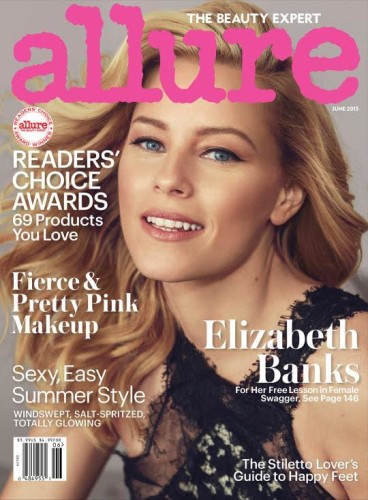Guest post written by Lena Raff.
An actress is pretty much the only thing I ever wanted to be, save for a few months in elementary school when bottlenose dolphin trainer and anthropologist were on the table. When I was young, performing gave me a rush, but I couldn’t have accurately verbalized why I loved it. It took me until now to comprehend and come to terms with why I am on this path. Being an artist means that you get to live in your heart and your body. Acting means constantly listening, feeling, and experiencing. It means getting to roll words around in your mouth and connecting with the other actors and your audience; you get to make people feel. It is all just so human.
The issue is that a person cannot simply go out and act unless they create content for themselves. Writers can write at home or in a cafe; try “acting” in either place and you are going to look very silly indeed. I can’t act in a vacuum. By definition, I need other people, and until now, I’ve needed there to be an existing project for which someone hires me. However, it’s difficult to get an acting job in TV and film. That old adage “You need an agent to get credits and you need credits to get an agent” is still widely true. So you have to have an agent who gets your photo in front of casting. Then, casting has to actually see your photo — one of thousands submitted online for any given role — like your look for the part, your abilities and credits, call you in for an audition, like and trust you enough to send you to the producers/director/studio/network who have to also like and trust you, and then you might get an offer. Given this, and the nature of the way projects are shot, the television and film actor will spend much of their time not acting, particularly early on. Even a highly successful and lucrative career can often mean only a few days on set every month, or every several months.
Much of the time, this life is joyous. I have met many wonderful people and artists who have become my soulmates. Classes keep me involved, focused, and skilled. I thrive on the challenge of a difficult scene, relish putting in the work for an audition, soak in every moment of going to work on set. Acting is a constant adventure and I am always learning. In my worst moments, though, this all feels futile. The odds are so steep, the gateways to entry are numerous but elusive. One can feel like one is floating through a nebulous landscape waiting for milestones to grab onto when they happen to appear. And although it has vastly improved in the past few years, Hollywood can seem like a boys club. Many projects still don’t pass the Bechdel test and the words “bikini ready” periodically make their way across my computer screen. But I am an autonomous being. This is what I, enthusiastically, signed up for.
Then I signed up for something else. This year, I began producing a feature film called Little Evil Bookshop with two other young women — Ashley Ellis (director/producer) and Jessica Schott (producer) — and it has been exciting and illuminating. I love the feeling of creative responsibility for something larger than myself, of concrete steps that need to be taken each day. This venture has made me feel capable and worthwhile. It isn’t that I am or was passive in my acting career, it is that acting is a long game and it can be difficult to see where the road might lead. That is something I have accepted; sometimes it’s terrifying and other times it excites me. But for this achiever, perfectionist, and feminist, there is something unbelievably validating about the immediacy of payoff in this new venture called producing. They call it “producing” for a reason! At the end, you have made something, paved your own road. It’s empowering and self-actualizing in an entirely different way from what I have experienced in my artistic life thus far. I have been inspired to examine the landscape in which I am creating as both and actress and producer. Being on feminist projects has always been important to me, but this is the first time I’ve had the opportunity to shape the narrative and be extremely selective about what I put my effort and skill into.
Recently, while working on this project that centers around a middle-aged woman protagonist, I realized that even though the message of the film — a dark ensemble comedy about the staff of a small occult bookstore attempting to impress a revered author and spiritual leader — isn’t feminist in the political or ideological sense, it is feminist by nature of the fact that it is telling a woman’s story. This is the story that three young women want to tell, have put our time, energy, brain-space and hearts into sharing with the world. We are crowdfunding via Seed & Spark and networking. We have committed to diverse and inclusive hiring and casting to deepen and enrich this film about identity. We are standing up, asking for our abilities and voices to be valued.
Through this lens, I started looking around and seeing many incredible women, and many actresses in particular, prolific, daring, and unapologetic in their art. Phoebe Waller-Bridge’s Fleabag and Pamela Adlon’s Better Things are two shining examples. With two very impressive respective acting careers between them, Waller-Bridge and Adlon have recently debuted two deeply personal, groundbreaking, and critically acclaimed series of which they are the creators, showrunners, and stars. Issa Rae co-created, co-writes, and stars in the acclaimed series Insecure based on her hilarious web series Awkward Black Girl. Shonda Rhimes created a television empire with creating and producing her women-centric dramas Grey’s Anatomy, Scandal, and How to Get Away with Murder. Jill Soloway (who identifies as non-binary) changed television and the culture at large with Transparent and its representation of the LGBTQIA community and whose new show I Love Dick depicts women’s sexuality in perhaps unprecedented ways. Now the highest paid woman director in history, Patty Jenkins revolutionized big budget, superhero films with Wonder Woman, “the highest-grossing live-action film to be directed by a woman” and “the highest-grossing film in the DC Extended Universe.” Brie Larson will be Captain Marvel, co-directed by Anna Boden. Gina Prince-Bythewood will direct Silver and Black, “the first Black woman to direct a superhero film.” Ava DuVernay is the first Black woman filmmaker to direct a film with a $100 million budget with her upcoming adaptation of Madeleine L’Engle’s A Wrinkle in Time. She also created Queen Sugar, a beautiful and powerful dramatic series telling the story of a Black family, and hired all women directors for both of its two seasons (she was the showrunner for season one while Monica Macer is season 2’s showrunner). Reed Morano recently became the first woman in 22 years to win an Emmy for Best Directing in a Drama Series and the show she won for — the undeniably, ruthlessly feminist The Handmaid’s Tale — swept the night, except for the awards offered up to the women-centric ensemble miniseries, Big Little Lies. Lena Waithe took home an Emmy award for Best Writing in a Comedy — the first Black (queer!) woman to do so — for a Master of None episode about coming out to her family.
I am so looking forward to the time when these achievements do not strike us as the exception to the rule, but rather, are the lay of the land. For now, I chose to take my place among these artists. I am raising my hand, and learning to stand up, not just for what I believe in, but in full ownership of my talent, effort, and ability.
I am not saying that acting isn’t feminist or empowering. I am not saying that producing is a more worthwhile or fulfilling pursuit. I’m not saying I won’t wear a bikini on-screen, or ask someone else to do so. What I am saying is that both of these endeavors, especially coupled together, have allowed me to take a look at my life and career with a consciousness that I didn’t have before. It is heartening to see such poignant stories told by women about women find critical acclaim as well as commercial success. I know I have a place in this exciting world, in whichever role I chose.
Little Evil Bookshop is currently crowdfunding via Seed & Spark until October 13, 2017.
Lena Raff is an actress and producer in her 20s living in Los Angeles. Originally from the suburbs of Boston, she earned a BA in Theatre Studies from Emerson College. Lena can raise one
eyebrow, but only when she’s on camera and isn’t trying to do so.
Links: littleevilbookshop.com | http://www.imdb.com/name/nm5299012/
Instagram: @Lenaraff | @littleevilbookshopfilm
